Office design is constantly evolving. By 2025, new trends will emerge. These trends will shape how we work and interact in office spaces. With a focus on innovation and functionality, the office of the future will look different from what we know today. As we move towards 2025, the workplace will embrace changes that reflect our evolving needs.
Flexible spaces, sustainable materials, and advanced technology will play a significant role. Companies are prioritizing employee well-being and productivity more than ever. This shift will influence design choices, making offices more adaptable and responsive. Understanding these trends can help businesses stay ahead. They can create environments that foster creativity and efficiency. Dive into the latest office design trends and see how they can transform your workspace.
Sustainable Materials
In 2025, sustainable materials are leading office design trends. Companies aim for eco-friendly and cost-effective solutions. This shift not only benefits the environment but also boosts employee well-being. Let’s explore some key aspects of this trend.
Eco-friendly Options
Eco-friendly options are on the rise. Bamboo is a popular choice. It’s fast-growing and durable. It adds a natural touch to any office. Another option is cork. It’s renewable and offers great insulation. Cork also reduces noise, creating a calmer workspace. Other natural materials include jute and wool. They are both biodegradable and sustainable.
Using natural materials means fewer chemicals. This makes the office air cleaner. Employees can breathe easier. Healthier air leads to better productivity. Sustainability and well-being go hand in hand.
Recycled And Upcycled Designs
Recycled and upcycled designs are also trending. Recycled plastic furniture is now stylish. It transforms waste into functional pieces. This reduces landfill waste. Plus, recycled furniture often costs less. It’s a win-win for businesses and the planet.
Upcycling gives old items new life. Wooden pallets become desks. Old doors turn into tables. This creative reuse saves resources. It also adds unique character to the office. Upcycled designs spark creativity. They inspire innovative thinking among employees.
Choosing sustainable materials reflects a company’s values. It shows a commitment to the future. Sustainable office design is not just a trend. It’s a movement towards a better world.
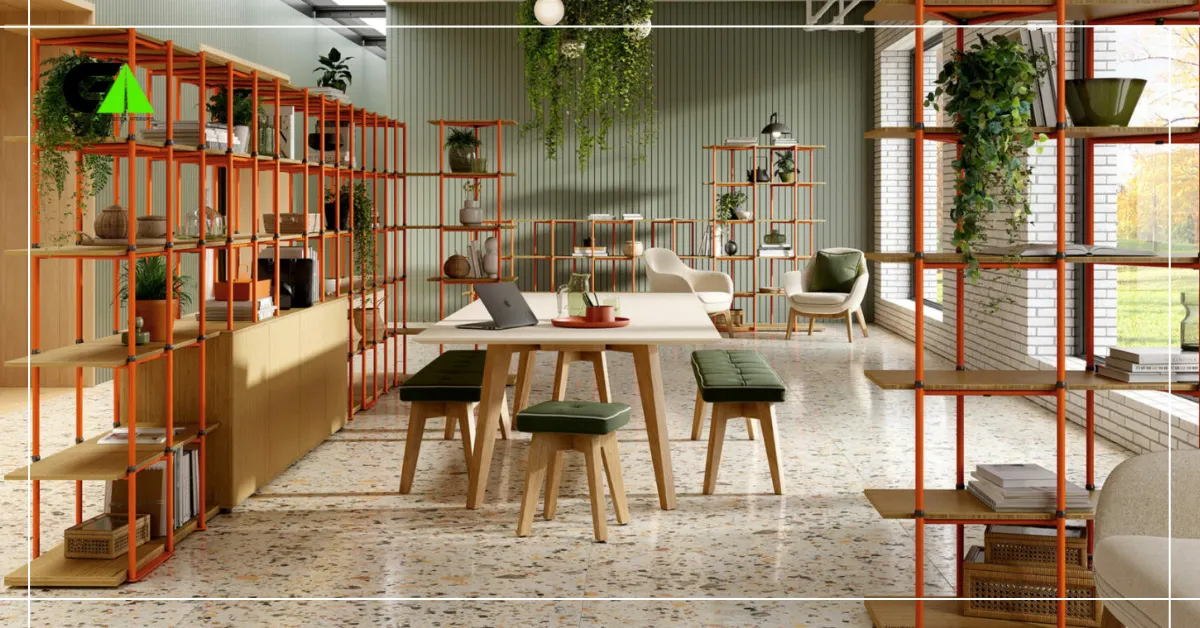
Biophilic Design
Biophilic design is a growing trend in office spaces. It aims to connect people with nature. This design concept focuses on bringing elements of the natural world into the workplace. It has been shown to improve employee well-being and productivity. Let’s explore how biophilic design can transform your office space.
Bringing Nature Indoors
One key aspect of biophilic design is bringing nature indoors. This can be achieved through various methods. Adding plants is one of the simplest ways to incorporate nature. Plants not only beautify the space but also purify the air.
Another method is using natural materials. Wood, stone, and natural fabrics can make the office feel more organic. Large windows can also play a crucial role. They allow natural light to flood the workspace, making it more inviting.
Water features such as fountains can add a soothing element. The sound of running water can create a calm atmosphere. Artwork depicting natural scenes can also be effective. It can provide visual relief and inspire creativity.
Health And Productivity Benefits
Biophilic design offers many health and productivity benefits. Natural light helps regulate sleep patterns. It can reduce eye strain and headaches. Employees exposed to natural light tend to be more alert and energetic.
Plants can improve indoor air quality. They absorb pollutants and release oxygen. This can reduce respiratory issues and allergies. A cleaner environment can lead to fewer sick days.
Nature-inspired spaces can also reduce stress levels. The presence of greenery and natural elements can create a calming effect. This can lead to higher job satisfaction and lower turnover rates.
Studies have shown that biophilic design can boost creativity. Exposure to nature can enhance problem-solving skills. It can also foster a sense of connection and community among employees.
By incorporating biophilic design, offices can become healthier and more productive. This trend is set to shape the future of workplace design.
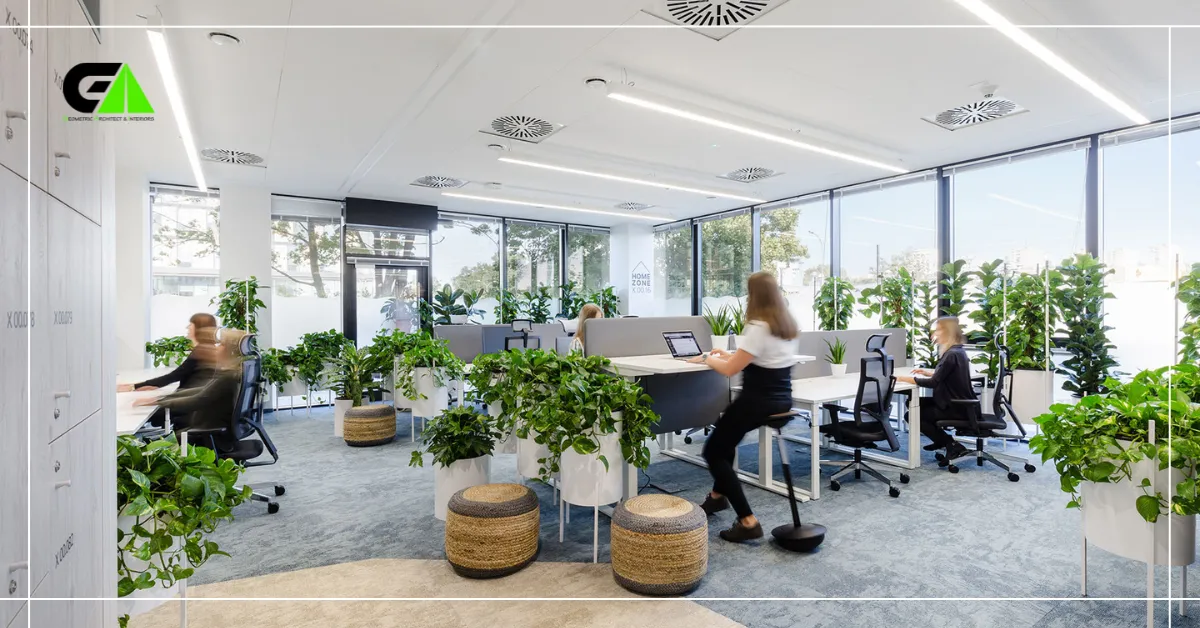
Flexible Workspaces
Flexible workspaces are the future of office design. These spaces adapt to different needs and tasks. They promote collaboration and increase productivity. In 2025, more offices will adopt flexible workspaces to meet the changing demands of the workforce.
Modular Furniture
Modular furniture is a key element in flexible workspaces. It allows easy reconfiguration of the office layout. Desks, chairs, and storage units can be moved around to create new setups. This flexibility supports various work styles. Teams can quickly gather for meetings and just as easily return to individual tasks.
Furthermore, modular furniture is cost-effective. Businesses can add or remove pieces as needed, avoiding the expense of a complete redesign. The adaptability of modular furniture also extends the lifespan of office furniture, making it a sustainable choice.
Multi-functional Areas
Multi-functional areas are essential in flexible workspaces. These areas serve different purposes throughout the day. A meeting room can turn into a quiet workspace. A lounge area can host informal discussions. This adaptability maximizes the use of available space.
Creating multi-functional areas involves smart design choices. Movable walls and foldable furniture help transform spaces quickly. Employees benefit from having varied environments to suit their tasks. They can choose where to work based on their needs, enhancing their overall productivity and satisfaction.
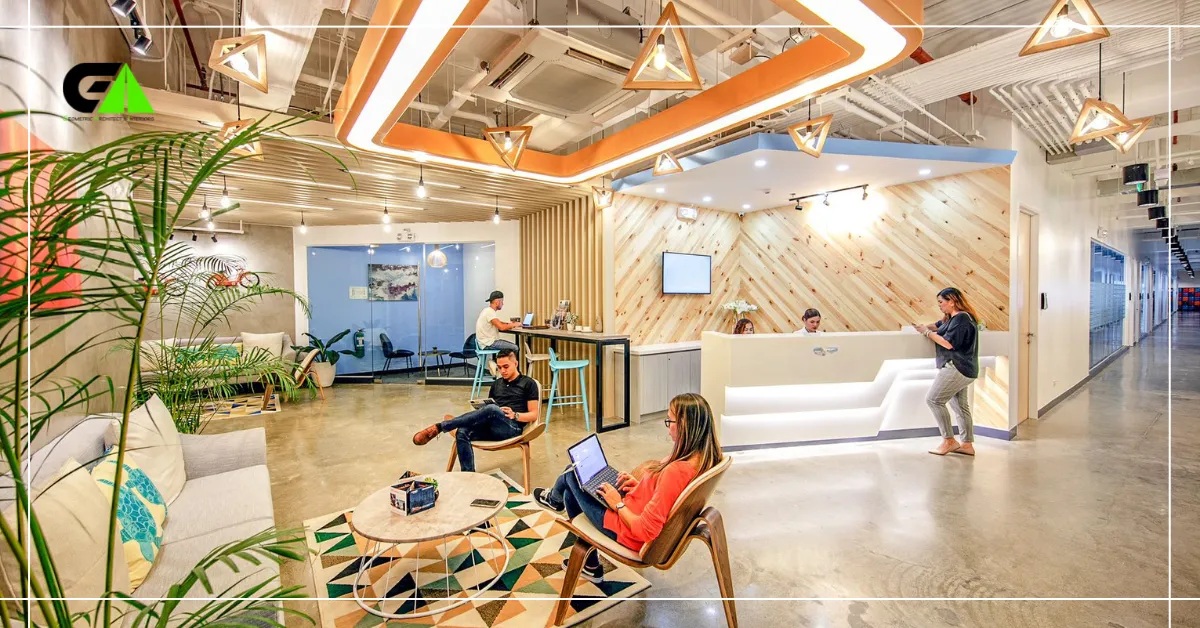
Smart Technology Integration
Office design in 2025 will see a rise in smart technology integration. This trend aims to make workplaces more efficient and comfortable. From IoT devices to automated systems, technology will be at the heart of modern office design.
Iot Devices
Internet of Things (IoT) devices will play a crucial role in office environments. These devices connect to the internet and interact with each other. They help in monitoring and controlling office functions.
- Smart lighting adjusts based on natural light and occupancy.
- Smart thermostats maintain optimal temperature for comfort.
- Connected furniture adapts to ergonomic needs and usage patterns.
IoT devices make offices smarter and more efficient.
Automated Systems
Automated systems will transform daily operations. These systems simplify tasks and reduce human error. They enhance productivity and improve employee satisfaction.
- Automated meeting room bookings prevent scheduling conflicts.
- Voice-activated assistants streamline tasks and provide information.
- Automated inventory management ensures supplies are always stocked.
These systems enable a smooth and organized workflow.
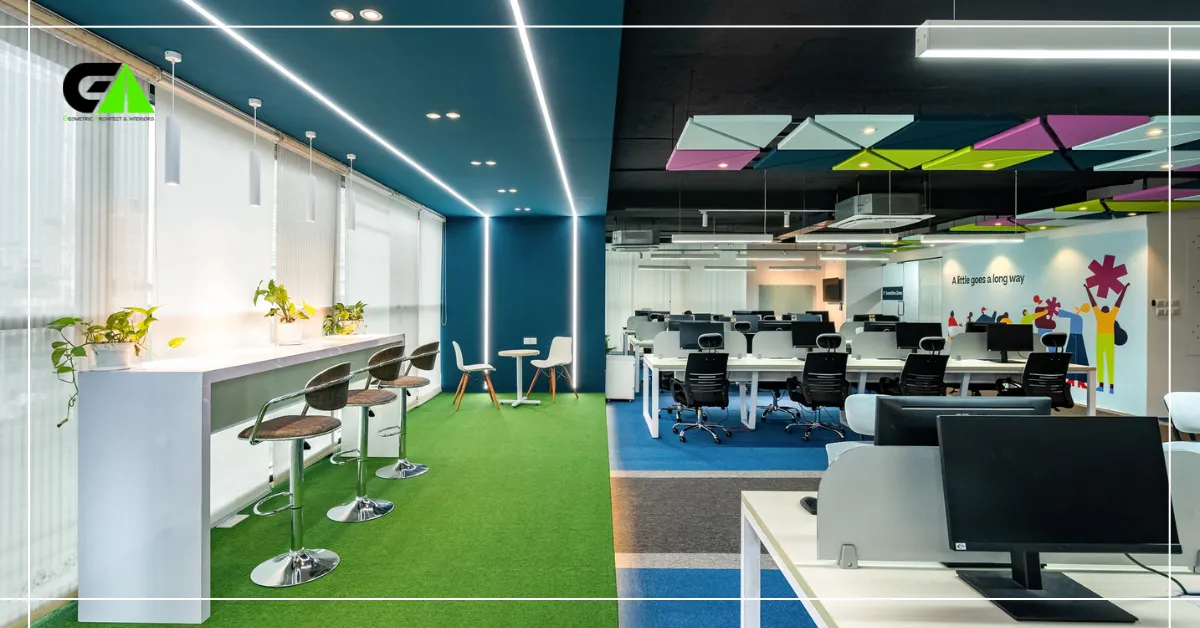
Wellness Spaces
Office design trends in 2025 focus on employee well-being. Wellness spaces are becoming essential in modern workplaces. These areas promote relaxation, health, and productivity. They provide a balance between work and personal well-being.
Relaxation Zones
Relaxation zones offer a break from the busy workday. Soft seating, plants, and calming colors create a peaceful atmosphere. Employees can unwind and recharge their energy. These spaces often include quiet corners for meditation or reading. A relaxed mind boosts creativity and focus.
Fitness Areas
Fitness areas encourage physical activity during the workday. They include equipment like treadmills, yoga mats, and weights. Regular exercise improves overall health and reduces stress. These areas also foster a sense of community among colleagues. Group workouts can build team spirit and motivation.
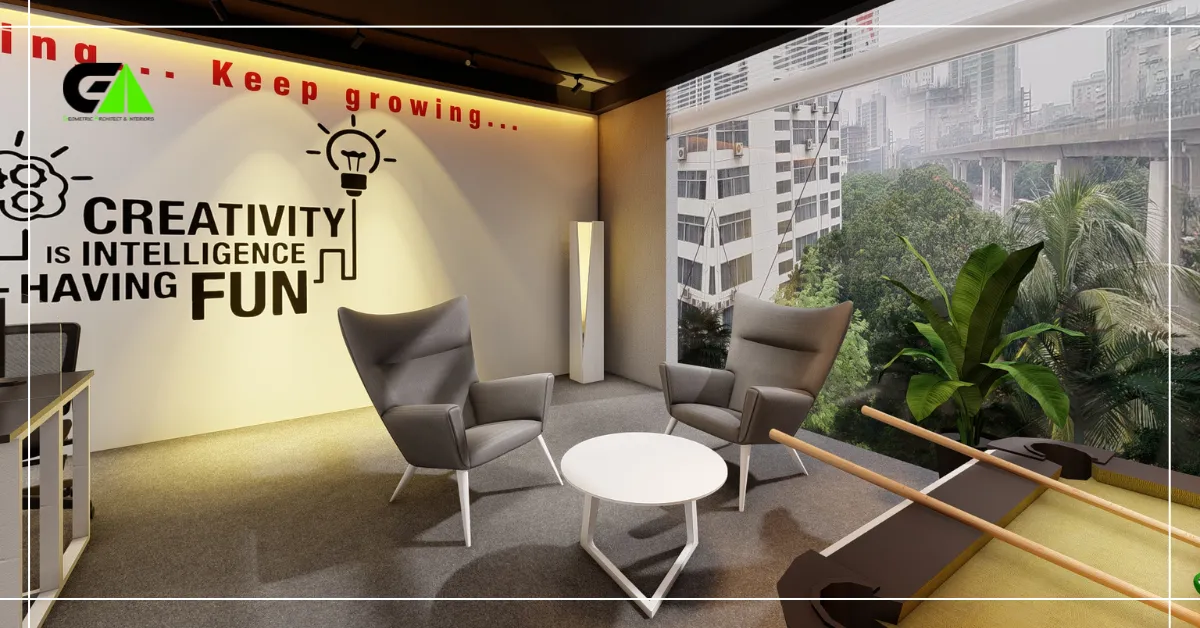
Collaborative Environments
The workplace is evolving. More companies are focusing on collaborative environments. This shift is shaping office design trends for 2025. Creating spaces that foster teamwork and creativity is key.
Open Plan Layouts
Open plan layouts are popular. They remove walls and barriers. This creates a more connected space. Employees can communicate more easily. This layout can boost productivity and morale. It encourages spontaneous discussions and idea sharing.
Designers use furniture to define areas. Desks, plants, and dividers help create zones. These zones can serve different functions. Some can be for focused work. Others can be for group activities. This balance is crucial for a productive office.
Creative Meeting Spaces
Creative meeting spaces are essential. They inspire fresh ideas and collaboration. Traditional meeting rooms are changing. Companies are choosing dynamic spaces. These can include casual seating and writable walls.
These elements help teams brainstorm. They also make meetings more engaging. Using natural light and plants can improve mood. Flexible furniture allows easy reconfiguration. This makes the space adaptable for different needs.
Creative meeting spaces can include tech tools. Interactive screens and video conferencing systems are important. They connect remote and onsite employees. This ensures everyone is part of the conversation.
You may like it: Corporate Office Interior Design
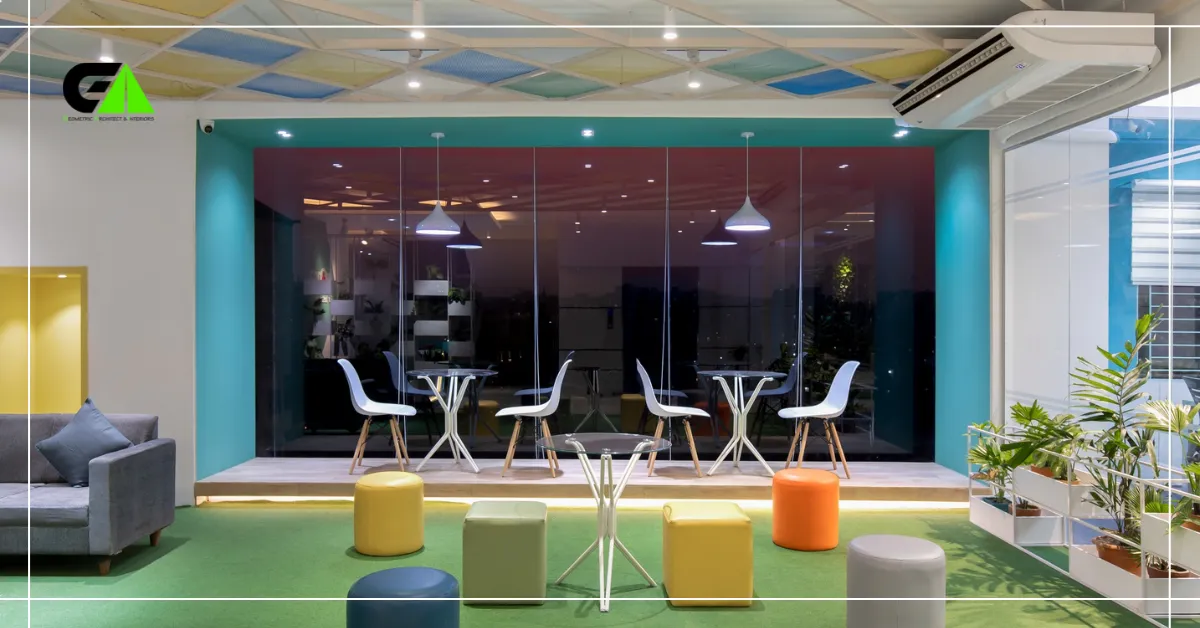
Acoustic Solutions
Effective office design considers the importance of sound. In 2025, acoustic solutions are a key trend. These solutions help create a quieter work environment. They improve focus and increase productivity. Let’s explore some popular acoustic solutions.
Soundproofing Techniques
Soundproofing reduces noise from outside and within the office. Various techniques can be used.
- Acoustic panels: These panels absorb sound waves. They can be placed on walls or ceilings.
- Double glazing: Windows with double glazing reduce outside noise.
- Door seals: Special seals for doors prevent sound leakage.
- Soundproofing floors: Carpets and underlays can reduce noise from footsteps.
Noise-reducing Materials
Using the right materials can significantly reduce noise. These materials are designed to absorb or block sound. Below are some common noise-reducing materials.
| Material | Use |
|---|---|
| Acoustic foam | Wall and ceiling panels |
| Cork | Flooring and wall coverings |
| Mass loaded vinyl (MLV) | Barrier for walls and floors |
| Fiberglass insulation | Inside walls and ceilings |
These materials help in creating a quieter workspace. They improve the overall office environment.
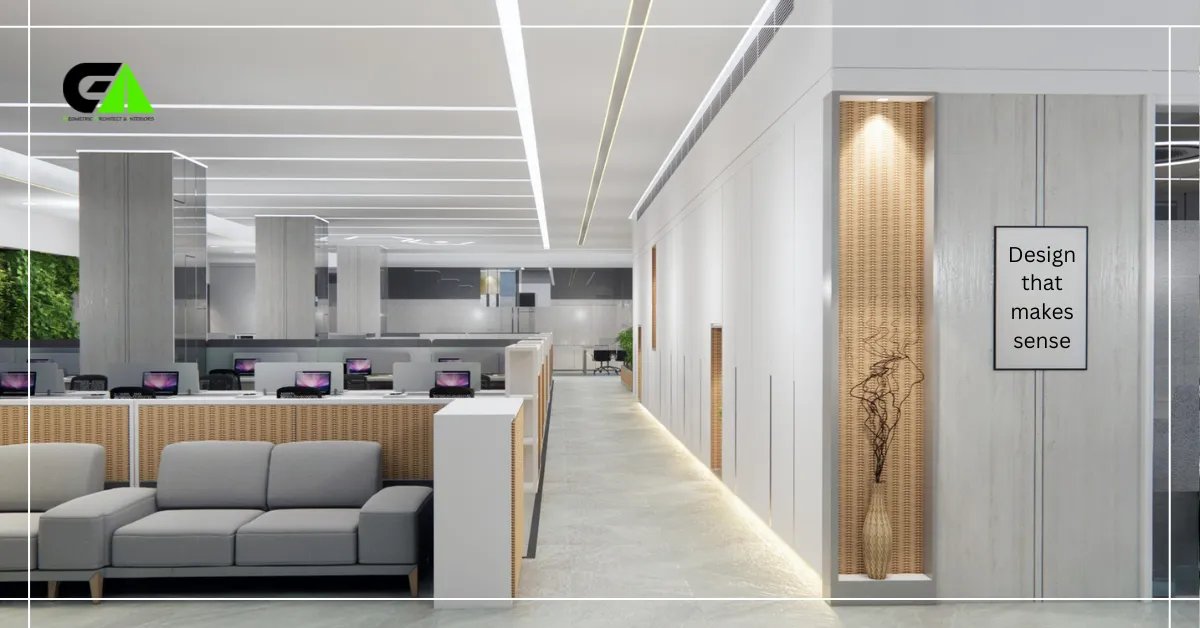
Personalized Workstations
Office design trends in 2025 will focus on personalized workstations. Companies will aim to create spaces that cater to individual needs. Personalized workstations will boost productivity and comfort. Employees will feel more engaged and happy in their workspace.
Customizable Desks
Customizable desks will be a key feature in 2025 office design. These desks will allow employees to adjust the height and layout. Workers can choose between sitting and standing positions. The flexibility will cater to different work styles and preferences. Customizable desks will help reduce physical strain and increase comfort.
Ergonomic Furniture
Ergonomic furniture will be essential in personalized workstations. Chairs will offer lumbar support and adjustable features. Desks will include built-in keyboard trays and monitor stands. These features will promote better posture and reduce the risk of injury. Ergonomic furniture will enhance employee well-being and productivity.
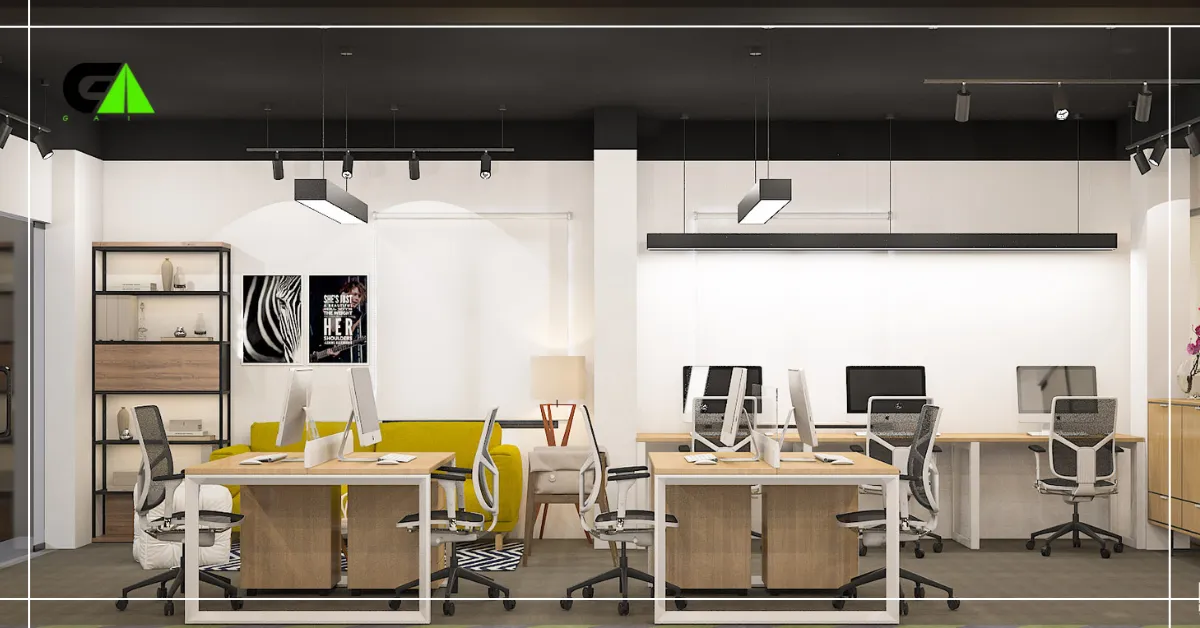
Frequently Asked Questions
What Are The Top Office Design Trends For 2025?
In 2025, office design trends include flexible workspaces, biophilic design, and advanced technology integration. These trends aim to enhance productivity, wellness, and sustainability.
How Does Biophilic Design Impact Office Spaces?
Biophilic design incorporates natural elements like plants and natural light. It improves employee well-being, reduces stress, and increases productivity in the workplace.
Why Are Flexible Workspaces Important In 2025?
Flexible workspaces allow for adaptable layouts to accommodate diverse work styles. They support collaboration, creativity, and employee satisfaction, making them essential in modern office design.
What Role Does Technology Play In Office Design?
Technology integration is crucial for modern offices. Smart systems, IoT devices, and collaborative tools enhance efficiency, communication, and employee experience in the workplace.
Conclusion
Office design trends in 2025 focus on flexibility, sustainability, and employee well-being. Expect more green spaces and modular furniture. Technology will play a key role. Innovations will enhance productivity. Designs will cater to hybrid work models. Wellness-centered spaces will thrive.
Comfort and functionality will merge seamlessly. Adapt to these trends for a modern, efficient workplace. Embrace change and stay ahead in the evolving office landscape.

